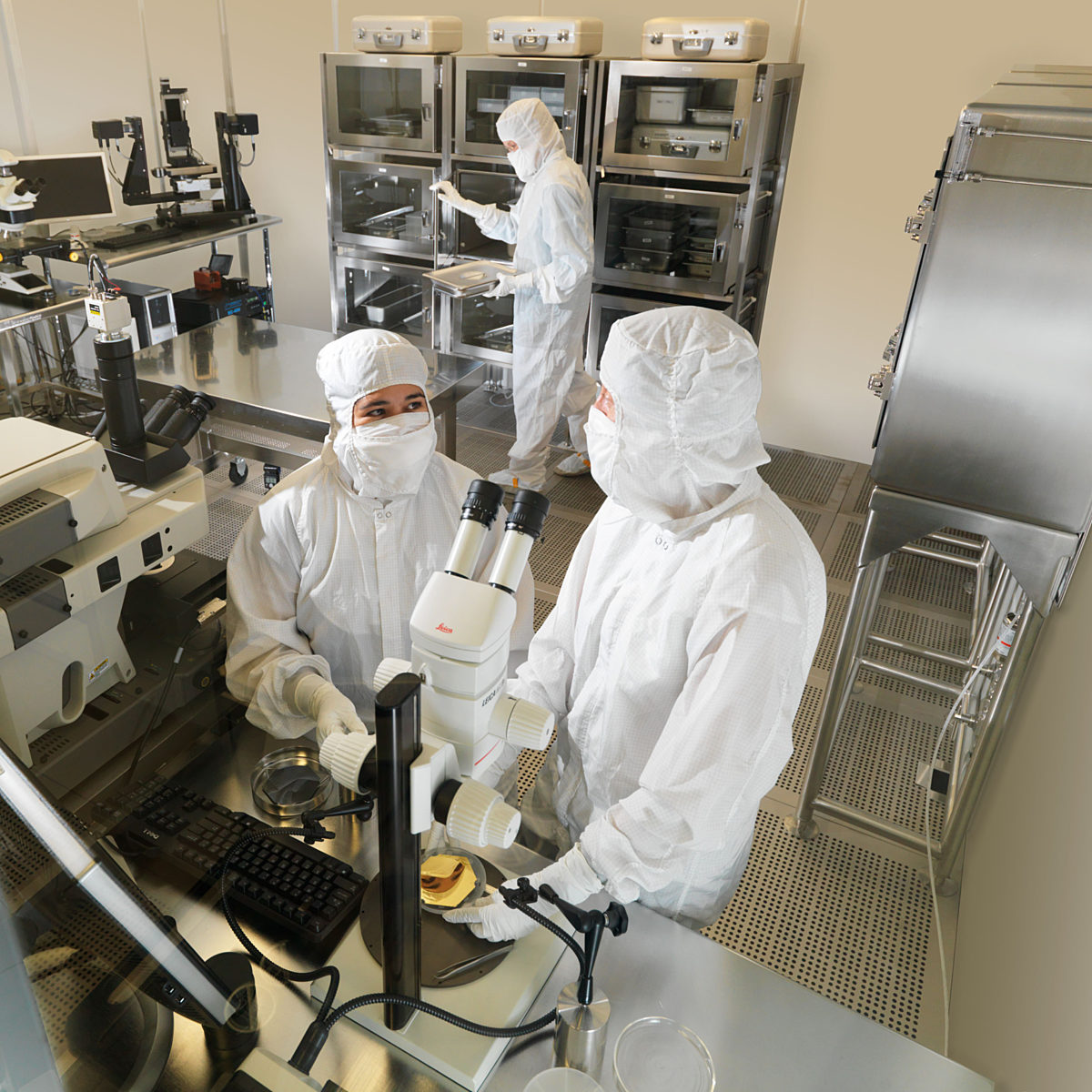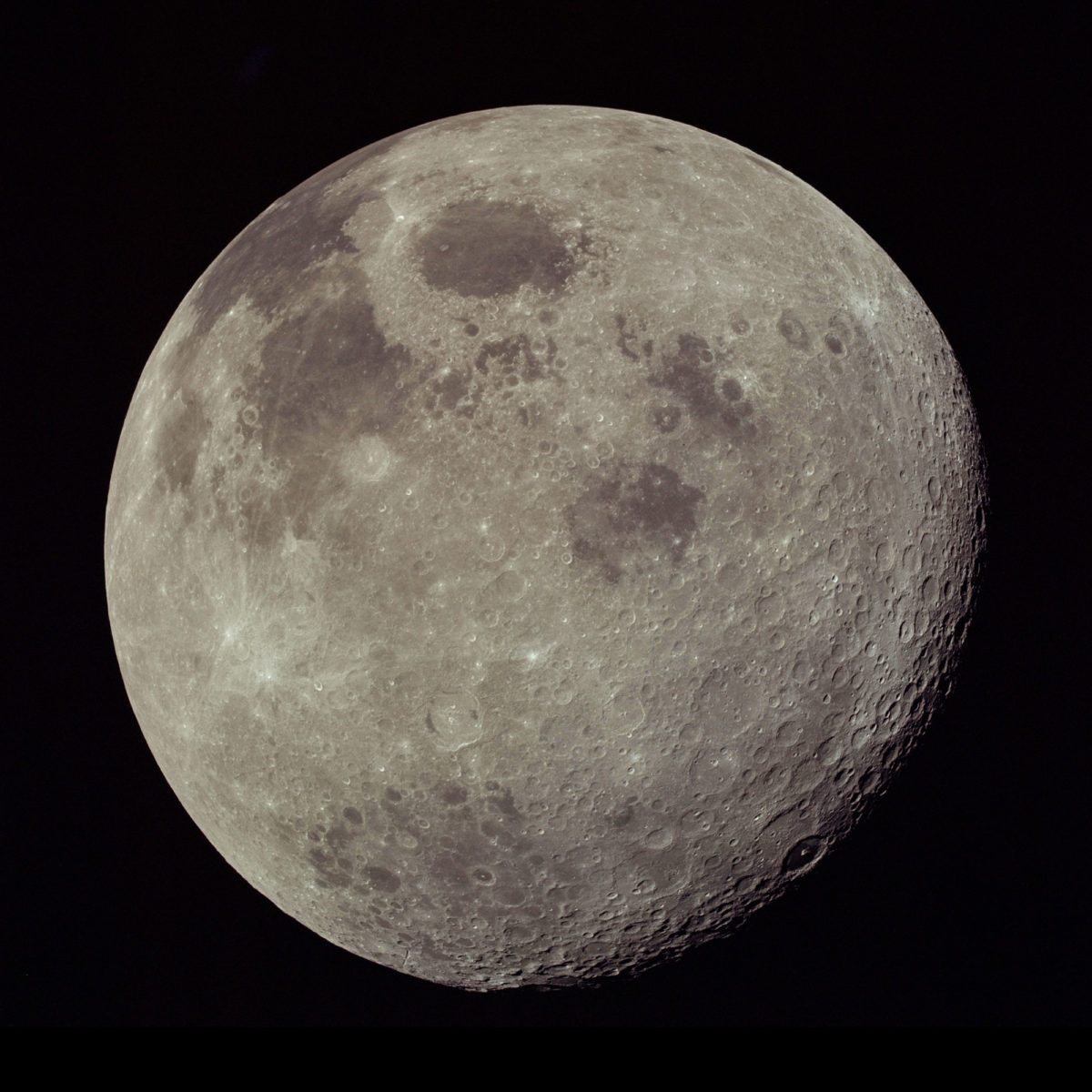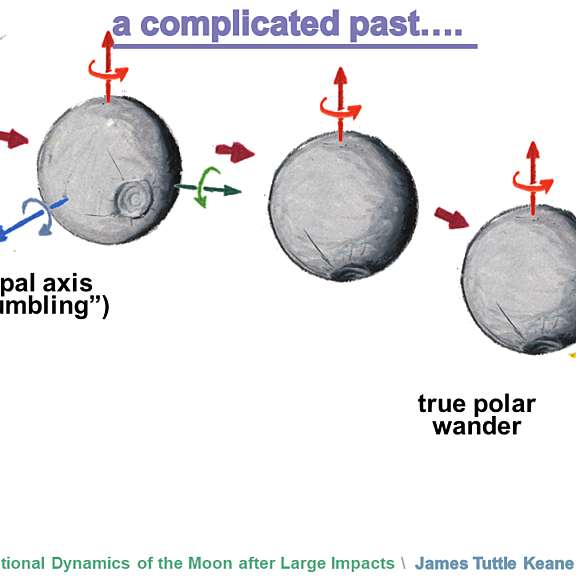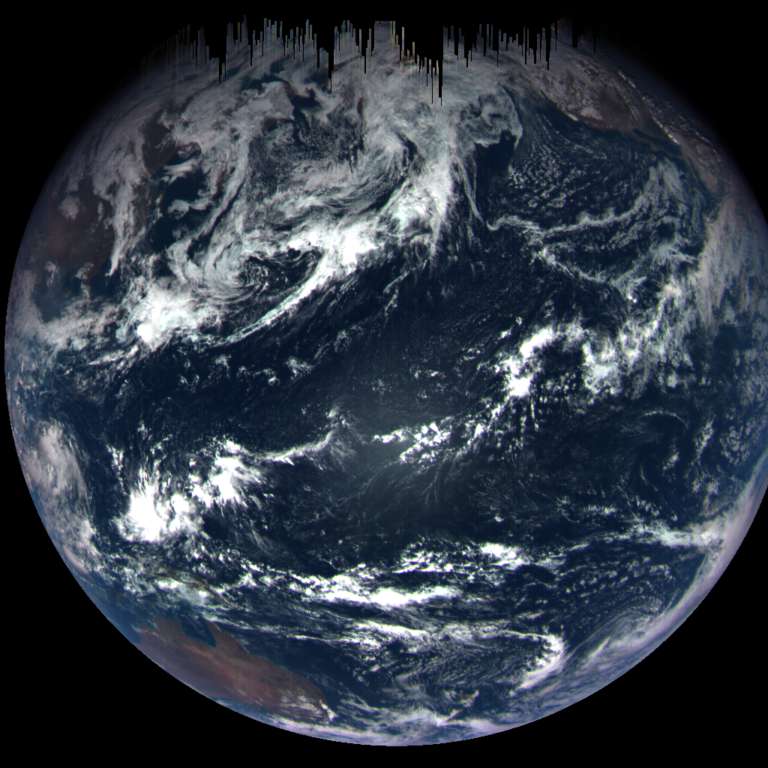All
All
Stories, updates, insights, and original analysis from The Planetary Society.
Chang'e 4 relay satellite, Queqiao: A bridge between Earth and the mysterious lunar farside
China's fourth lunar mission, Chang’e 4, is expected to begin on May 21 with the launch of a Long March 4C rocket from the Xichang Satellite Launch Centre in the southwest of China. The launch will carry a spacecraft named Queqiao, which will serve as a communication relay satellite between Earth and the lunar farside.
A brief history of Resource Prospector, NASA's cancelled lunar mission
The mission survived NASA's Journey to Mars era, only to be axed once short-term goals shifted back to the Moon.
#LPSC2018: What the Moon's craters tell us about Earth's past climate
You might be surprised to learn that studying craters on the Moon can tell us about ancient Earth.
ISS partners consider ambitious lunar sample return mission
The plan involves NASA's proposed Lunar Orbital Platform-Gateway, and a return to Earth via the Orion spacecraft.
#LPSC2018: Fungi in the lab, hot springs frozen cold, and exploding lakes
The first astrobiology session at last week's Lunar and Planetary Science Conference featured talks on a huge variety of interesting topics, and was one of my favorite sessions at the meeting.
#LPSC2018: An Apollo 17 session with moonwalker Jack Schmitt
The only geoscientist to walk on the Moon attended a conference session presenting results from the rocks he collected.
Moon Monday: Looking back at the Moon from Apollo 17
For this Moon Monday, Emily digs up a classic from the end of the Apollo program.
Throwback Thursday Funpost! A spacewalk in deep space
Only three humans have ever been on a spacewalk in the void between the Earth and Moon.
Go for GOLD, SES-14!
While we can measure properties of these upper layers using ground-based instruments, satellite-borne remote sensing instruments can give us a more frequent, global, and often higher spatial resolution perspective. And that is precisely what NASA’s Global-scale Observations of the Limb and Disk (GOLD) mission will deliver.
Simulating Mars in the Middle East
The Austrian Space Forum is leading a four-week Mars mission in Oman's Dhofar Desert.
International meetings: Moon initiatives
Interest is rising globally in expanded lunar science, resource exploration and eventually permanent human settlement. Also, the potential for commercial lunar enterprises is being seriously examined.
What changed with space directive #1?
President Trump signed Space Directive #1, formally implementing as policy what Vice President Pence had announced at the first meeting of the National Space Council in October: that NASA will focus its human spaceflight efforts on a return to the Moon, and then onto Mars. What really changed?
Visualize today's solstice with images from Earth-observing satellites
What do the shortest days of the year look like from space?
An exoplanet-hunting space telescope turns and takes a photo of Earth
On December 10, Kepler—NASA’s prized exoplanet discovery telescope—will finally turn back and take a picture of the Earth.
#DPS17: The Moon's Giordano Bruno crater through many eyes
Today's story from the Division for Planetary Sciences meeting looks at one youthful rayed crater on the Moon from many different spacecraft.
Explore spinnable Saturn and Jupiter moons with Google Maps
Google Maps released several new map products that allow you to see the locations of named features on many solar system planets and non-planets, spinning them around in space with your mouse.
#DPS17: Wobbling the Moon and art by James Tuttle Keane
James Tuttle Keane is increasingly famous (among planetary scientists anyway) for his remarkable illustrated notes from conferences. Here's his work from the Division for Planetary Sciences meeting, illustrating both his own and others' research.
SpaceX CEO Elon Musk updates Mars colonization plans
SpaceX CEO Elon Musk presented an updated version of his Mars colonization plans today, during a widely anticipated talk at the 68th International Astronautical Congress in Adelaide, Australia.
Earth flyby tests OSIRIS-REx's cameras
As expected, OSIRIS-REx's Earth flyby on September 22 was a success. The mission is slowly releasing beautiful images of our home worlds taken by its many cameras following the flyby.
How did China decide where to land its upcoming Moon missions?
How were the Chang'e 5 and 4 landing sites chosen? Space exploration historian Phil Stooke explains.


 Explore Worlds
Explore Worlds Find Life
Find Life Defend Earth
Defend Earth


 Sun
Sun Mercury
Mercury Venus
Venus Earth
Earth Mars
Mars Jupiter
Jupiter Saturn
Saturn Uranus
Uranus Neptune
Neptune Small Bodies
Small Bodies


















